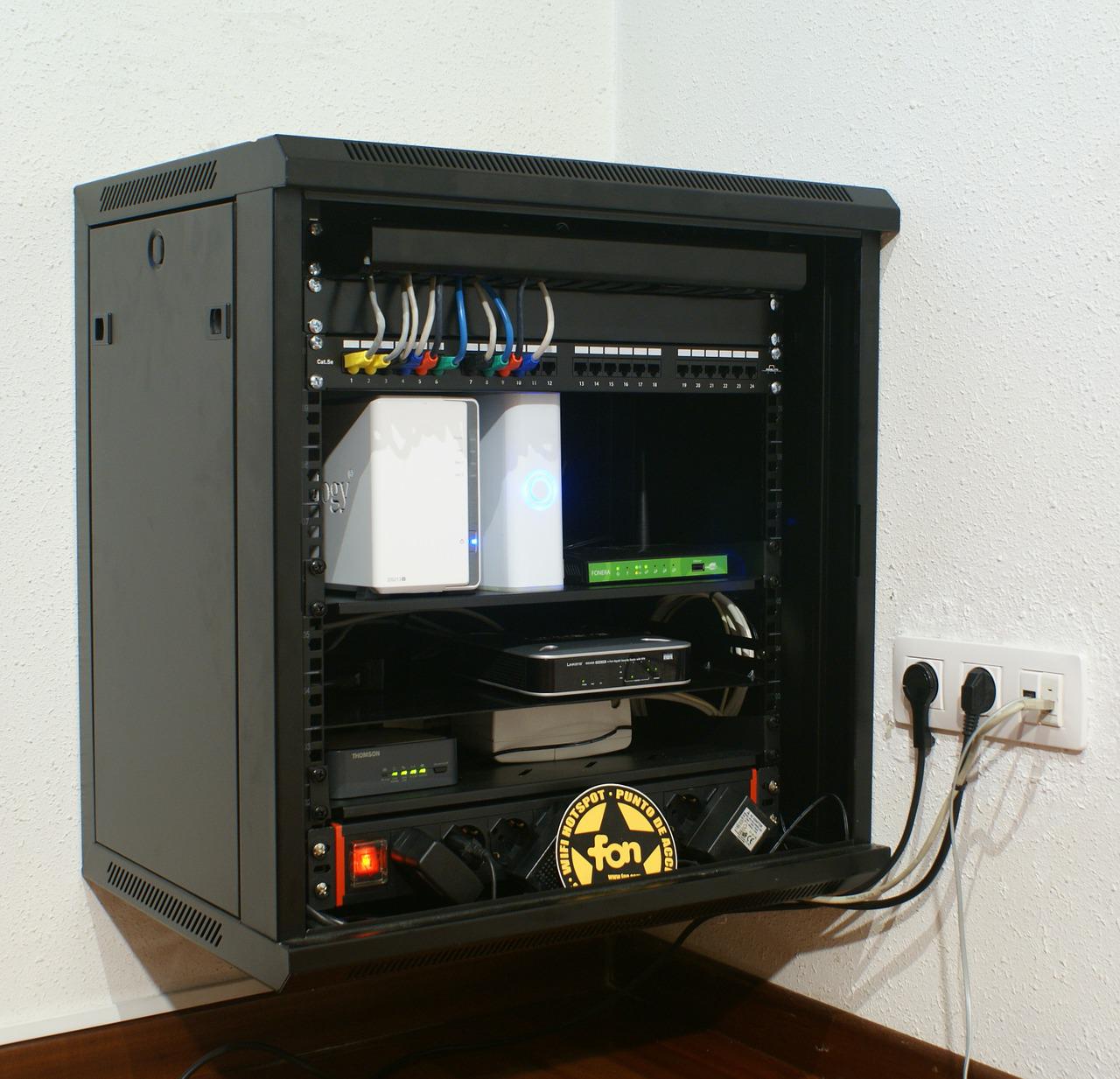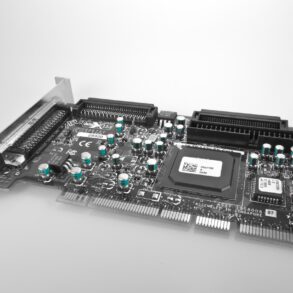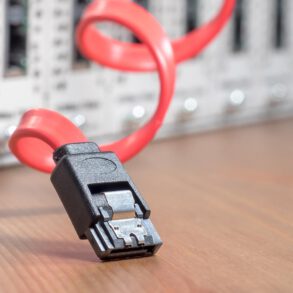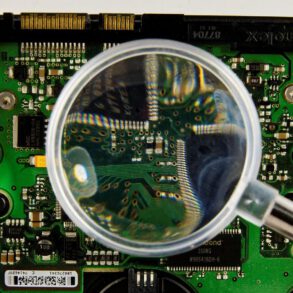Nearly 1.3 billion people, mostly living in less developed countries, do not have access to electricity. Thanks to advances in technology, decreases in cost, and improvements to telecommunications and supporting infrastructures, microgrids are becoming an increasingly common means for provisioning electricity in remote areas. We are currently working on using wireless communication to help make electricity accessible in underserved markets.
Les Anglais Haiti Microgrid Deployment
In Haiti, less than 25% of the population has access to electricity, leaving the vast majority of the country in energy poverty. Although more than 30 microgrids have been developed in Haiti since the mid-1980s, few of them continue to operate sustainably. Powered completely by diesel generators and operated by local municipalities, some of these microgrids operate for as few as 150 hours per year. The unsustainability of these projects and their failure to reliably deliver energy services is symptomatic of the reasons for many microgrids to fail: (1) poor cost recovery due to underpriced tariffs and weak revenue collection systems (2) inability to limit customer usage to levels below generation output capacity (3) ability to meter usage at a fine enough granularity to quickly diagnose problems and detect theft.
Our hardware is currently being used in a wirelessly managed microgrid deployment in rural Les Anglais, Haiti. The system consists of a cloud-based monitoring and control service, a local embedded gateway infrastructure and a mesh network of wireless smart meters deployed at 52 buildings. Each smart meter device has an 802.15.4 radio that enables remote monitoring and control of electrical service. The meters communicate over a scalable multi-hop TDMA network back to a central gateway that manages load within the system. The gateway also provides an 802.11 interface for an on-site operator and a cellular modem connection to a cloud-backend that manages and stores billing and usage data. The cloud backend allows occupants in each home to pre-pay for electricity at a particular peak power limit using a text messaging service. The system activates each meter within seconds and locally enforces power limits with provisioning for theft detection. We believe that this fine-grained micro-payment model can enable sustainable power in otherwise unfeasible areas.
The main components consist of a cellular phone tower complex which houses two diesel generators that feed the electrical distribution network. Each home is connected to the distribution network using an 802.15.4 wireless metering and control device called a SparkMeter. The SparkMeters communicate over multiple hops through powered forwarders mounted on select electrical poles back to a gateway housed in the local management shop. The gateway is responsible for on-site data logging and low-latency management tasks. The gateway also acts as a local WiFi hotspot to serve a management web interface that is used by operators to monitor meters, balance billing and configure individual devices. The gateway has a cellular modem that uses the local EDGE network to communicate with a cloud management backend that stores aggregate data and has a richer set of configuration options for managing multiple connected grids.
The figures above shows a satellite view of Haiti, as well as other island nations of the Greater Antillean archipelago (Cayman Islands and Puerto Rico not shown). A 3D model of the physical topology of our deployment in Les Anglais, Haiti can be seen to the right. The cellular tower is shown to the far right. The building shades (colors) indicate different customer service levels.
The field metering hardware is built upon the FireFly sensor networking platform and consists of a 3-phase meter, the SparkMeter nodes and the forwarder units. Each component uses an ATmega128RFA1 micro-controller with 16KB of RAM, 128KB of flash memory, running at 16MHz with an integrated on-chip 802.15.4 radio for communication. The SparkMeter, shown above, is the interface between the distribution system and each home’s internal wiring.
The firmware running on the SparkMeter is responsible for four main tasks. First, it must sample the raw voltage and current values to produce true power updates. Second, it runs the communication protocol stack. It also periodically stores status and error logging runtime statistics to EEPROM. Finally, it runs a power-limit enforcement task that checks once per second to make sure the meter does not exceed an admin- defined load profile. If the power consumption exceeds these limits, the node will disable power and every 30 seconds switch on the relay to check if the limit is still being violated. As part of the load profiles, we change the monitoring window based on the allowed power level. This programmability prevents devices with large transients from constantly blowing breakers like in many other limiting systems. The MAC address of each node is used to delay when the meters enables power after an outage to avoid large inrush currents that can cause additional brownouts.
The Router nodes consist of an ATmega128RFA1 with the addition of a CC2591 amplifier that allows for longer-range communication across the network. These nodes are also packaged in waterproof NEMA boxes and installed at the tops of utility poles, with direct access to main voltage lines and elevated line-of-sight communication with neighboring forwarders. With the addition of the CC2591 amplifier, these nodes have 3-4 times the range of the SparkMeter nodes and are able to effectively provide coverage for wide areas.




